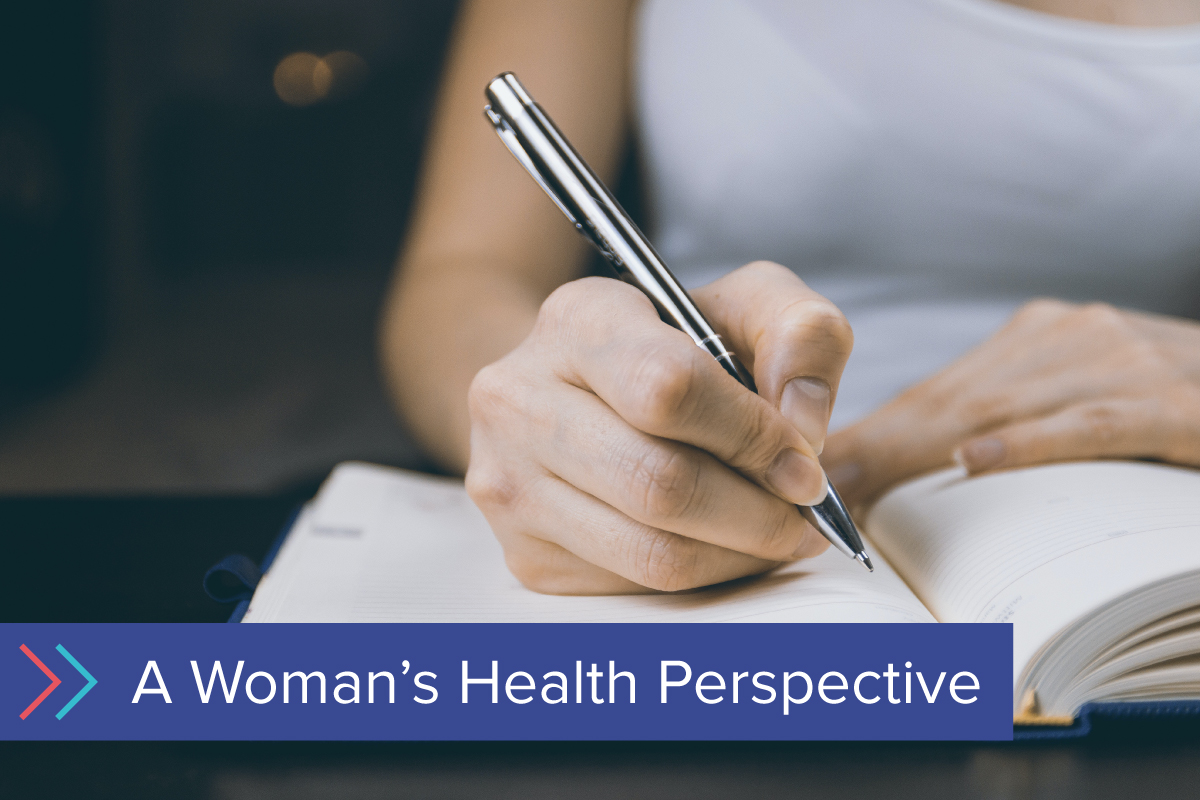This is a firsthand account submitted through SWHR’s Share Your Story portal, as part of SWHR’s Women’s Health Perspective series. This story was facilitated by the Society of Interventional Radiology.
Last year, at the age of 45, I found myself at a low point. Every month, I had a period that lasted 10 days, with pain and bleeding so severe that I would be homebound for at least three days. Often confined to the bathroom, I could hear my kids calling out for me, but I was unable to care for them or my husband. With pain radiating from my back down to my legs, I was exhausted. I had no energy, I couldn’t work, make dinner for my family or even work out. I could not continue life like that, and the worst part was seeing no good solution.
Millions of women suffer from uterine fibroids, a common condition that often causes debilitating symptoms. Unfortunately, many women diagnosed with fibroids choose to live with them because of an apparent lack of treatment options. Commonly, women are told that their best choice is a hysterectomy, the complete removal of the uterus. But for many, this is an emotionally and physically frightening option.
What most women are not told is that there is another treatment option, one that is just as effective as a hysterectomy but that doesn’t require surgery. I know because I was one of these women and I hope that my story will give others hope.
The Discovery
A consultation with my doctor found a large fibroid, the size of a grapefruit, on my uterus. It was pressing on my nerves, causing back and leg pain, and was sitting on my bladder, creating the frequent need to urinate.
When my doctor said that my best option was a hysterectomy, it felt like a drastic choice, so I decided to just suffer with my symptoms. I had routine checkups to ensure the fibroid wasn’t growing. But during one of my visits, my doctor said, “If you leave your fibroid in there, we can’t really tell whether there’s a cancerous tumor growing under it because the fibroid is so big.” And again, I was encouraged to have a hysterectomy. Faced with such a life-altering decision, I looked for less drastic alternatives than losing my uterus. This wouldn’t just be a physical loss – it would be an emotional one too. To think of losing that part of yourself that made you a mother, and to permanently remove hope or even the choice of ever carrying another child, was a deep psychological loss. I refused to believe surgery was my only option.
The Power of Choice
When I asked my doctor for an alternative option, she mentioned uterine fibroid embolization (UFE). It’s a minimally invasive treatment done by an interventional radiologist. Through a tiny incision in the wrist or thigh, an interventional radiologist uses a catheter to deliver microscopic particles that block nonessential blood vessels leading to the fibroid, causing it to shrink or disappear. But she didn’t think I would be an ideal candidate for it. So, I chose to research it on my own. And I’m glad I did.
Choosing UFE was an act of rebellion against the conventional norms that sought to define my womanhood. My journey involved discussions with an interventional radiologist and gathering information on potential risks and benefits and the recovery period. The idea of a minimally invasive treatment that preserved my uterus and allowed for a quicker return to normal life resonated with me, and I felt compelled to explore this path
The Procedure
The day of the UFE procedure brought a mix of anticipation, fear and hope. My mom was with me and I remember her saying, “I wish this option would’ve been available to me when I had my hysterectomy,” and I felt a sense of reassurance. The interventional radiologist became my guide, as he carefully explained what was ahead.
Following the treatment, the aftermath of UFE surprised me in the best possible way. The recovery was remarkably quick, as opposed to the prolonged recovery time with hysterectomy. Within days, I found myself back on my feet, reclaiming my daily routines and my life. The immediate reduction in heavy bleeding was a huge turning point, liberating me from the constraints that had defined my life with fibroids. Suddenly, my headaches and my back pain were all gone.
Challenges and Triumphs
My journey was not without its challenges. Misinformation and lack of awareness about UFE, even within the medical community, had presented hurdles that I needed to overcome. Conversations with my doctor showed the need for better education about UFE, leading me to advocate for increased awareness among both patients and physicians. My mom had had a hysterectomy, along with my grandma and nearly every woman in my family. But I broke that cycle. By sharing my story, I’ve been able to help other women, including my friend who is a hair stylist who was working tirelessly to save for a planned hysterectomy and the associated 6-week recovery time. She now had another option with UFE that wasn’t just less painful but would also help her quickly to get back to a normal life.
Reflecting and Spreading the Word
Looking back, my experience was nothing short of transformative. It’s a story of strength, of making tough decisions, and finding joy in taking back control. My journey has become a testament to the importance of choice, awareness, and advocacy in women’s health care. I hope to contribute to a broader conversation about fibroid treatment options and inspire others to explore alternatives that align with their personal needs. As we collectively work towards increased awareness, my experience stands as a reminder that empowering women with information is pivotal in shaping their health care journeys.
